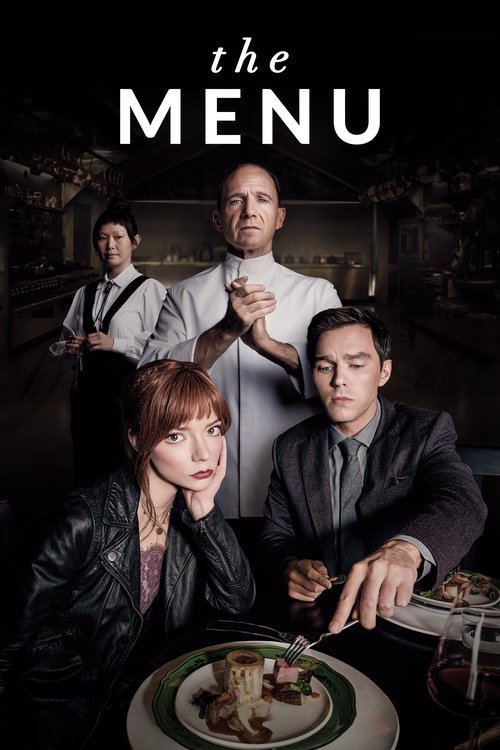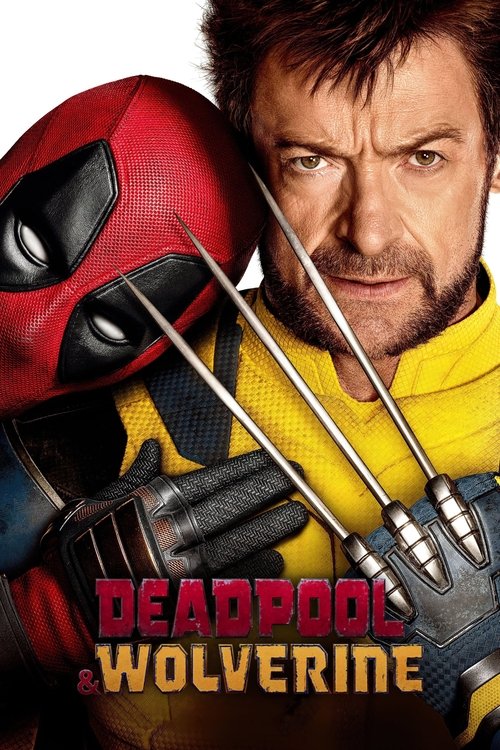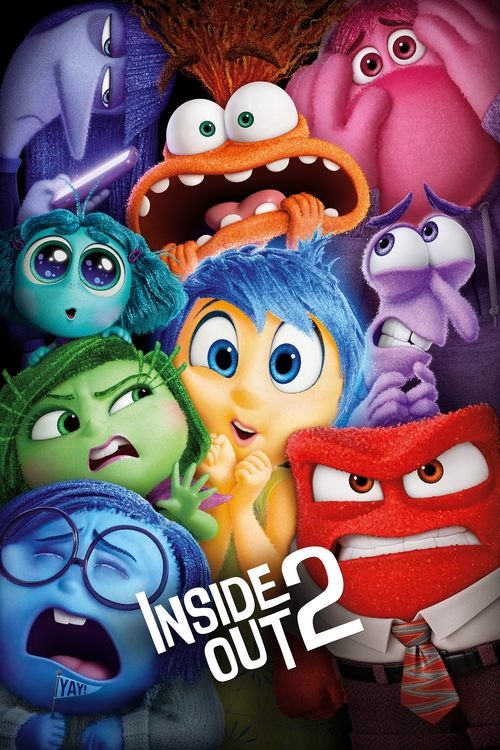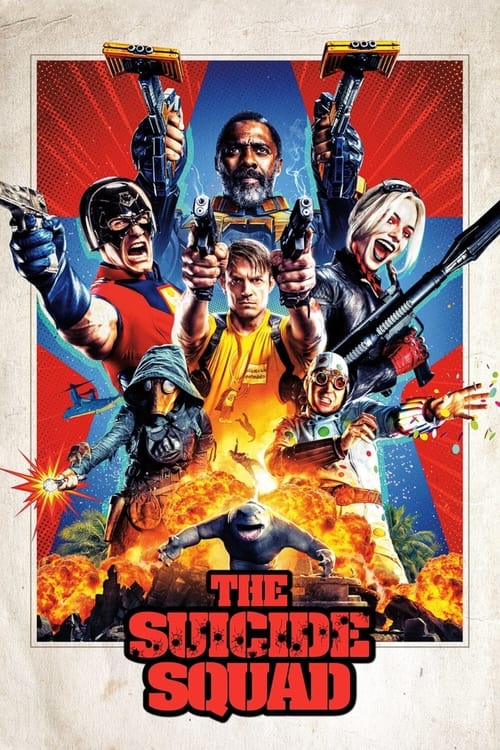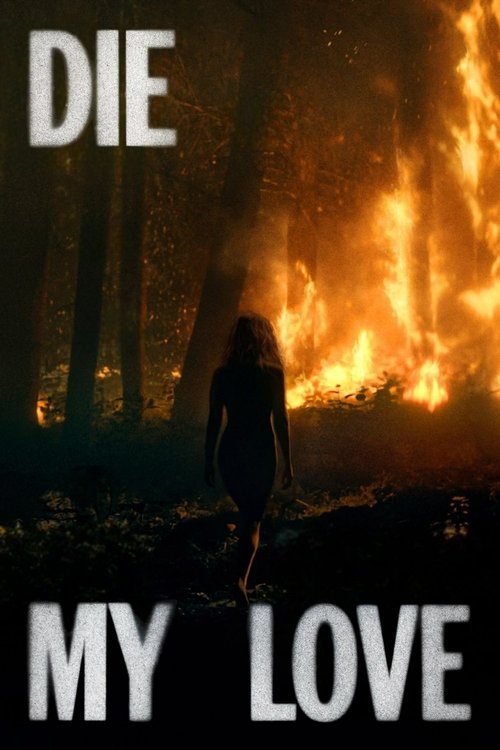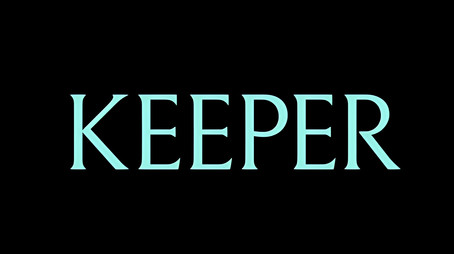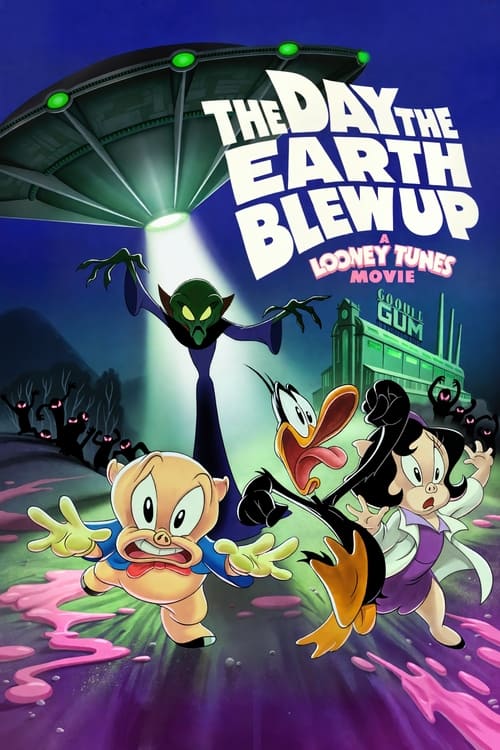
Ask Your Own Question
What is the plot?
The story of The Menu begins as Tyler Ledford, a wealthy and fervent foodie, eagerly boards a boat with his date, Margot Mills, heading toward Hawthorn, an exclusive restaurant perched on a remote private island. The atmosphere is charged with anticipation; Tyler is visibly excited about the lavish dining experience awaiting them. Margot, however, carries a subtle detachment, hinting early on that she is not truly Tyler's intended guest. The exact date and time remain unspecified, but the setting is unmistakably contemporary, steeped in luxury and exclusivity.
Upon arrival, the guests are greeted by Elsa, the poised maître d', who guides them through the island's sleek, modern spaces. Among the guests are a colorful array of characters: Lillian Bloom, a sharp and critical food reviewer, accompanied by her editor Ted; Richard and Anne Leibrandt, a wealthy couple who are regulars at Hawthorn; George Diaz, a fading movie star, with his loyal assistant Felicity Lynn; and the business trio of Soren, Dave, and Bryce. Chef Julian Slowik, the enigmatic and celebrated culinary mastermind behind Hawthorn, remains an imposing but elusive figure. His presence looms large, and from the start, his demeanor is unsettling, marked by cryptic monologues that foreshadow the sinister events to come. At one point, Slowik quotes Martin Luther King Jr.: "We know through painful experience that freedom is never voluntarily given by the oppressor. It must be demanded by the oppressed," setting a tone of control, rebellion, and impending reckoning.
The guests settle into the dining room, a space of minimalist elegance with a kitchen visible behind a glass wall, where Slowik and his staff prepare the courses with meticulous precision. The kitchen itself is a hive of activity, but beneath the surface, tension simmers. The restaurant is rigged for destruction, with a barrel of explosives hidden away, a detail unknown to the guests but central to the night's grim finale.
As the dinner progresses, the facade of civility begins to crack. Chef Slowik reveals that each guest was invited not merely for their wealth or status but because they embody the very corruption and exploitation that have drained his passion for cooking. The meal becomes a darkly theatrical condemnation of their sins: cheating scandals, greed, exploitation of artisans, and moral hypocrisy. During the third course, tortillas laser-printed with images exposing the guests' darkest secrets are served, forcing them to confront their own failings in a humiliating spectacle.
Tyler, eager to impress, is invited by Slowik to assist in the kitchen, but his amateurish efforts and pretentious attitude only earn scorn. Slowik humiliates him sharply, whispering a cutting rebuke in his ear before Tyler retreats, deflated. It soon emerges that Tyler had been complicit in the night's deadly design; he had been informed by Slowik beforehand that all guests would be killed, yet his obsession with the chef's craft led him to keep this secret and even hire Margot--an escort named Erin--to replace his original date, since Hawthorn does not seat lone diners.
The tension escalates as the guests realize the deadly seriousness of their predicament. Richard Leibrandt attempts to flee the island but is brutally stopped by the staff, who sever his left ring finger as a grisly warning. Doug Verrick, an angel investor meddling in the restaurant's affairs, is drowned in front of everyone, a chilling demonstration of Slowik's ruthlessness. Sous-chef Jeremy, overwhelmed by the pressure and Slowik's relentless berating, commits suicide during the dinner, hanging himself in a closet, his death a grim punctuation to the chef's exacting standards.
Margot's role becomes pivotal. Slowik privately offers her a choice: to die with the guests or with the kitchen staff. Margot hesitates, then chooses the staff, aligning herself with the workers rather than the entitled diners. She is sent to retrieve a large barrel from the smokehouse, a task that leads her beyond the restaurant to Slowik's private quarters. There, in a room filled with memorabilia, Margot discovers a photo of a young Slowik beaming happily as he flips burgers at a humble diner--a stark contrast to the tortured artist he has become. This glimpse into his past humanizes him, revealing the lost innocence and joy behind his current bitterness.
While exploring, Margot is attacked by Elsa, who is consumed by jealousy and desperation. Their struggle is fierce and raw; Margot ultimately kills Elsa by stabbing her in the neck in self-defense, a violent and emotional moment that underscores the deadly stakes of the night.
In Slowik's quarters, Margot also finds a short-wave radio, which she uses to send a distress call, hoping for rescue. Soon after, a Coast Guard boat arrives, and a man claiming to be an officer named Dale disembarks. The guests are momentarily buoyed by the hope of salvation. However, the relief is short-lived. The Coast Guard officer reveals himself to be a line cook in disguise, loyal to Slowik and part of the meticulously orchestrated plan. The staff quickly cleans the dining room, wiping away signs of violence and injury to maintain an illusion of normalcy. When the disguised officer asks if anyone called in a distress signal, no one speaks up, and the charade continues.
Margot mocks the elaborate dishes, openly criticizing the pretentiousness of the menu, declaring it "nothing but an intellectual exercise" devoid of joy or genuine nourishment. She requests a simple cheeseburger and fries, inspired by the photo of Slowik's happier youth. This request moves Slowik deeply; he prepares the humble meal with care and precision, a rare moment of tenderness amid the night's cruelty. Margot praises the food and asks if she can get it "to go." Slowik complies, packing the cheeseburger and fries for her, acknowledging her as someone who understands the true essence of food beyond the artifice.
As Margot prepares to leave, the staff and Slowik set the final act in motion. The dessert is an elevated s'mores dish, with the floor covered in crushed graham crackers and guests adorned with marshmallow capes and chocolate hats--a surreal and macabre tableau. Then, Slowik detonates the barrel of explosives, engulfing the restaurant in flames. The fire consumes everyone inside: the guests, the staff, and Slowik himself. Margot watches from the safety of the boat, the flickering blaze illuminating the night as she unwraps her cheeseburger, a symbol of survival and simplicity amid the chaos.
Throughout the night, the film exposes the dark underbelly of privilege, artistry, and obsession. Every death serves as a grim punctuation mark to the sins and hypocrisies of the characters: Jeremy's suicide under pressure, Richard's maiming for attempted escape, Doug's drowning for meddling, Elsa's fatal jealousy, and the final mass immolation orchestrated by Slowik himself. The confrontations--Margot versus Elsa, Slowik's harassment confrontation with Katherine, and the deceptive arrival of the Coast Guard--build relentless tension, culminating in a climax that is as tragic as it is poetic.
In the end, Margot, the outsider and survivor, escapes the island with a simple meal in hand, a quiet testament to the human need for authenticity and connection in a world consumed by spectacle and artifice. The restaurant burns behind her, a fiery monument to Slowik's final, devastating statement.
What is the ending?
In the ending of "The Menu," the guests at the exclusive restaurant face a shocking and deadly conclusion to their dining experience. Chef Slowik reveals his true intentions, leading to a series of dramatic events that culminate in a fiery finale. Margot, one of the guests, manages to escape the chaos, while the others meet grim fates at the hands of the chef and his staff.
As the story unfolds, the tension escalates in the final act. The guests, including food critic Lillian, wealthy couple Richard and Anne, and the young couple Tyler and Margot, are subjected to increasingly bizarre and disturbing courses. Chef Slowik's disdain for his patrons becomes evident, as he reveals their flaws and the superficiality of their appreciation for fine dining.
In a pivotal moment, Margot, who is not as enamored with the culinary experience as the others, confronts Chef Slowik. She challenges him by ordering a cheeseburger, a stark contrast to the elaborate dishes served throughout the evening. This act of defiance resonates with Slowik, who sees in her a glimmer of authenticity that has been lost among his other guests.
As the night progresses, the atmosphere becomes more sinister. Chef Slowik reveals that he has orchestrated the evening as a form of revenge against the wealthy elite who have exploited his art. The guests are trapped, and one by one, they face their fates. Lillian, Richard, and Anne are all killed in various gruesome ways, reflecting their moral failings and the chef's contempt for them.
In the climax, Margot's resourcefulness allows her to escape the restaurant. She manages to evade the chef and his staff, ultimately finding a boat to flee the island. As she looks back at the restaurant engulfed in flames, she witnesses the remaining guests, including Tyler, who have accepted their fate, being consumed by the fire. The film concludes with Margot safely on the boat, eating her cheeseburger, a symbol of her survival and rejection of the pretentiousness that defined the evening.
In summary, the ending of "The Menu" serves as a culmination of the characters' arcs, showcasing the consequences of their actions and the chef's critique of the culinary world. Margot's escape signifies a break from the cycle of elitism and superficiality, while the other guests face the repercussions of their indulgent lifestyles.
Is there a post-credit scene?
The movie "The Menu" does not have a post-credit scene. After the film concludes, there are no additional scenes or content that follow the credits. The story wraps up with the final events on the island, leaving the audience with a sense of closure regarding the characters and their fates. The film's intense and darkly comedic narrative stands on its own without the need for further scenes after the credits roll.
What is the significance of the character Chef Slowik in the story?
Chef Slowik, played by Ralph Fiennes, is the enigmatic and highly skilled chef who runs the exclusive restaurant on the remote island. His character embodies the pinnacle of culinary artistry but also serves as a critique of the elitism in the fine dining world. Throughout the film, his motivations shift from a desire to impress and entertain his guests to a darker, more vengeful purpose as he reveals the true nature of his menu and the consequences of their actions.
How does Margot's character differ from the other guests?
Margot, portrayed by Anya Taylor-Joy, stands out among the guests due to her authenticity and lack of pretension. Unlike the other diners, who are wealthy and entitled, Margot is a more grounded character with a complex backstory. Her presence challenges Chef Slowik's plans, as she represents a more genuine appreciation for food and life, contrasting sharply with the superficiality of the other guests.
What role does the menu play in the unfolding events of the film?
The menu in 'The Menu' is not just a list of dishes; it serves as a narrative device that reveals the chef's intentions and the fate of the guests. Each course is meticulously crafted to reflect the themes of the evening, culminating in a shocking finale. The menu's progression mirrors the escalating tension and the dark turn of events, as it becomes clear that the guests are not merely there to enjoy a meal but are part of a sinister plan orchestrated by Chef Slowik.
What is the relationship between Tyler and Margot, and how does it evolve?
Tyler, played by Nicholas Hoult, is an enthusiastic foodie who idolizes Chef Slowik and is eager to impress Margot with his knowledge of fine dining. However, as the evening progresses, their relationship becomes strained. Margot's skepticism about the experience contrasts with Tyler's blind admiration, leading to tension. Ultimately, Tyler's obsession with the culinary experience blinds him to the danger they are in, while Margot's survival instincts kick in, highlighting the disparity in their characters.
How does the character of the wealthy couple, Richard and Anne, contribute to the film's critique of privilege?
Richard and Anne, portrayed by Judith Light and John Leguizamo, represent the entitled elite who view the dining experience as a status symbol rather than a genuine appreciation for food. Their interactions and dismissive attitudes towards the staff and the experience reflect the film's critique of privilege and the disconnect between wealth and authenticity. As the evening unfolds, their superficiality becomes a target for Chef Slowik's wrath, illustrating the consequences of their arrogance and entitlement.
Is this family friendly?
"The Menu," produced in 2022, is not considered family-friendly and contains several potentially objectionable or upsetting elements that may be distressing for children or sensitive viewers.
-
Violence and Gore: The film includes scenes of violence that may be graphic and unsettling, with some moments depicting bloodshed and physical harm.
-
Dark Themes: The narrative explores themes of elitism, class disparity, and the darker sides of the culinary world, which may be heavy and complex for younger audiences to grasp.
-
Psychological Tension: There are intense moments of psychological manipulation and suspense that could be anxiety-inducing.
-
Strong Language: The dialogue features frequent use of strong language, which may not be appropriate for younger viewers.
-
Mature Content: The film includes adult themes and situations that are not suitable for children, including discussions around morality and existential crises.
These elements contribute to an overall tone that is more suited for mature audiences.

